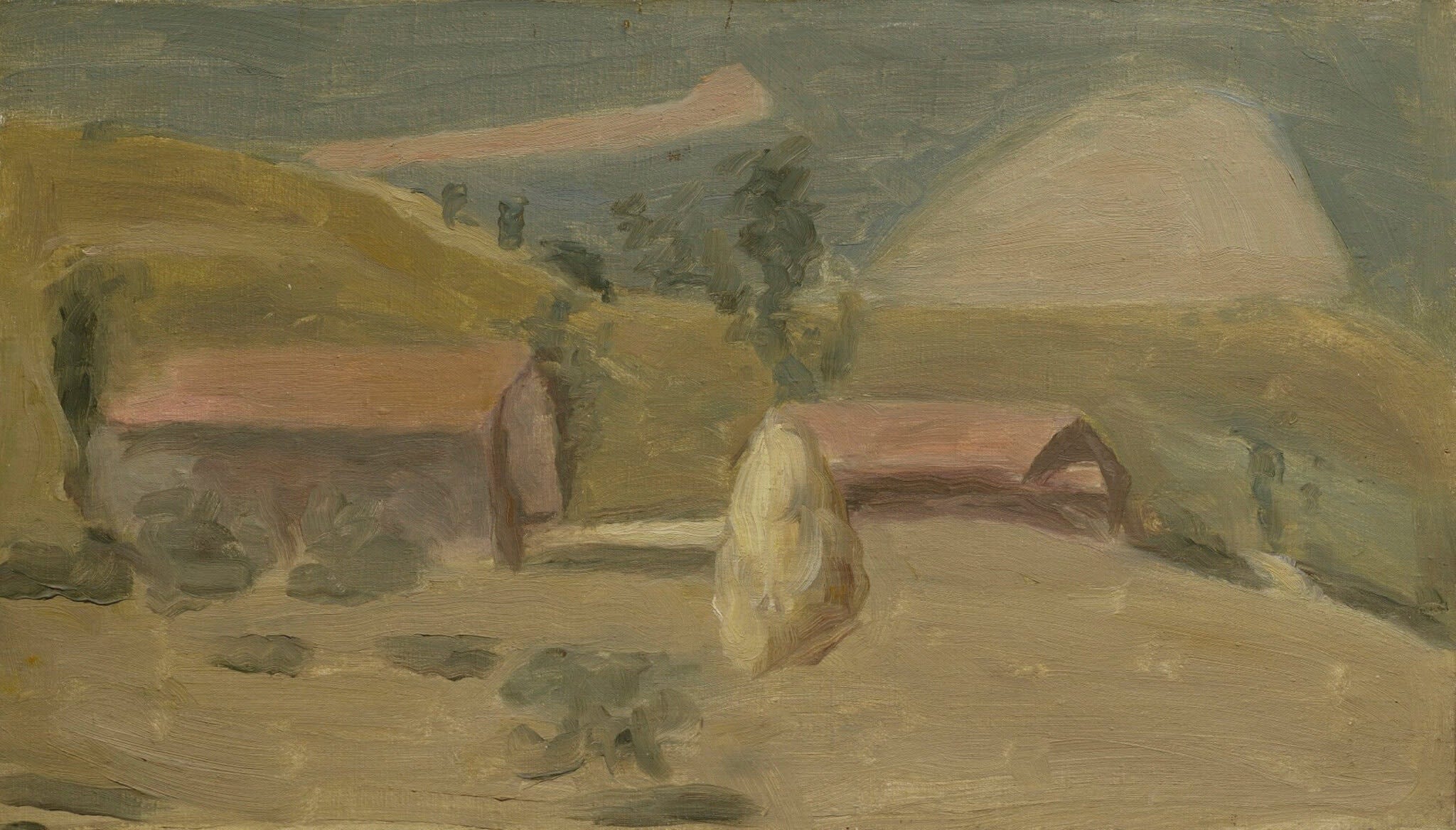This year at Art Basel Hong Kong, in an unconventional arrangement, eight Italian galleries are sharing space for a joint exhibition. And they are not the only ones teaming up. Two German galleries have combined forces, and one gallery already local to Hong Kong is partnering with an international counterpart to ensure success at a fair that - while happening live - remains burdened by travel restrictions.
The collective booth, aptly named Italians, is being supported in part by the Italian Cultural Institute in Hong Kong and includes works by 20th-century Italian artists, including Giorgio Morandi and Michelangelo Pistoletto, alongside more contemporary works by Paola Pivi and Francesco Vezzoli.

"Paesaggio," by Giorgio Morandi.Credit...Galleria d'Arte Maggiore g.a.m., Bologna/Milano/Paris.
"It is not a historical development" said Fabio Cavallucci, the art historian who curated the booth, which occupies about 860 square feet. "It's a way to create an atmosphere of connections and contrasts, and to investigate a specific Italian style you can see in art, design and fashion." At art fairs, collaborative booths are unorthodox, as galleries typically vie for attention and sales. This year, though, some of these competitors have opted instead to collaborate, in an unusual experiment driven by pandemic-related restrictions and conditions. "Being together is a political statement, in a way," Mr. Cavallucci said. "The pandemic made us discover that we are all on the same ship, that we cannot be independent, that we cannot reach people alone."
[...]
The Italians booth is the culmination of a long-imagined project, spearheaded by Stefano Fossati, director of the Italian Cultural Institute in Hong Kong, an official body of the Italian government that promotes the country's language and culture abroad. The fair collaboration is intended to kick off a larger initiative dedicated to the consideration of Italian style. "I don't remember a time in which an Italian public institution, an official cultural institution, intervened into the system of the art market," Mr. Cavallucci said. "Of course, it's due to the situation of the pandemic, but it's an important step, the starting of a new trend in which the galleries work together with public institutions."


